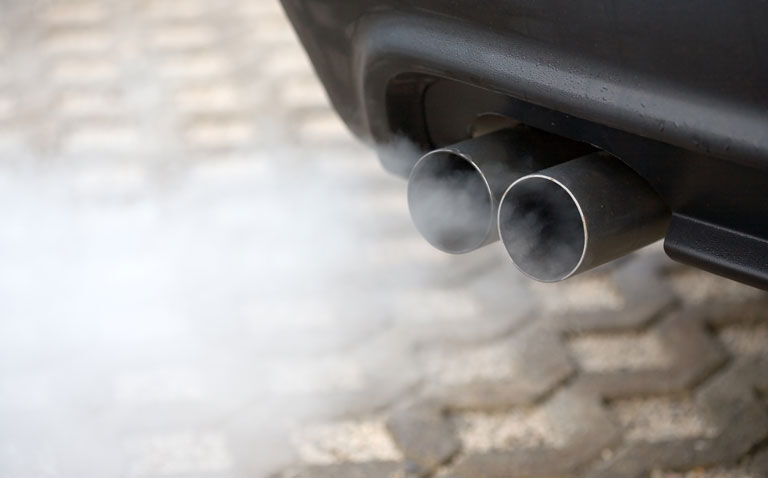Greater particulate matter exposure during the first year of life is linked to higher all-cause and infection-related visits to the ED
Work by researchers from San Diego, La Jolla in the US, has shown that an increased exposure to particulate matter 2.5 μm or less in diameter (PM2.5), increases the risk for all-cause and infection-related visits to an emergency department among infants during their first year of life.
It has been recognised for several years that particulate matter comprising particles with a diameter of less than 2.5 micrometres, can penetrate deeply into the lungs, causing irritation and corrosion of the alveolar wall and therefore impairing lung function. PM2.5 comes from a wide range of sources including natural (i.e., dust, sea salt), anthropogenic emissions, e.g., vehicles, as well as household wood burning and from industry. The composition of PM2.5 is a complex mix of inorganic components such as heavy metals, organics (polycyclic aromatic hydrocarbons) and biologicals e.g., bacteria, viruses and fungi. Prior studies have shown that exposure to PM2.5 during pregnancy can increase adverse outcomes and stillbirth and early childhood exposure to air pollutants may play a role in the development of asthma. However, research to data on the impact of early PM2.5 exposure and the risk of hospitalisation during infancy is conflicting, indicating either an increased risk of bronchiolitis or no noticeable effect compared to older children.
In the current study, researchers examined all live births in California between 2014 and 2018 and estimated weekly exposure to particular matter based on the postal (zip) codes using a machine learning model. They set the outcomes of interest as both the first all-cause emergency department (ED) visit and the first infection-related visit based on birth status (pre or full-term).
Particulate matter and ED visits
A total of 983,700 infants, (49.4% female) were included in the analysis.
During the first year of life, the odds of an ED visit for any cause was higher for both pre-term (odds ratio, OR = 1.05, 95% CI 1.04 – 1.06) and full-term infants (OR = 1.05, 95% CI 1.04 – 1.05) for each 5-μg/m3 increase in exposure to PM2.5.
Similarly, there were elevated odds for a respiratory infection-related ED visit, pre-term (OR = 1.03) and full-term (OR = 1.05). In fact, the highest risks for an ED in both types of infant occurred between 18 to 23 weeks.
The authors concluded these elevated risks associated with exposure to particulate matter, may have implications for minimising exposure to air pollution.
Citation
Teyton A et al. Exposure to Air Pollution and Emergency Department Visits During the First Year of Life Among Preterm and Full-term Infants. JAMA Netw Open 2023










